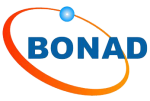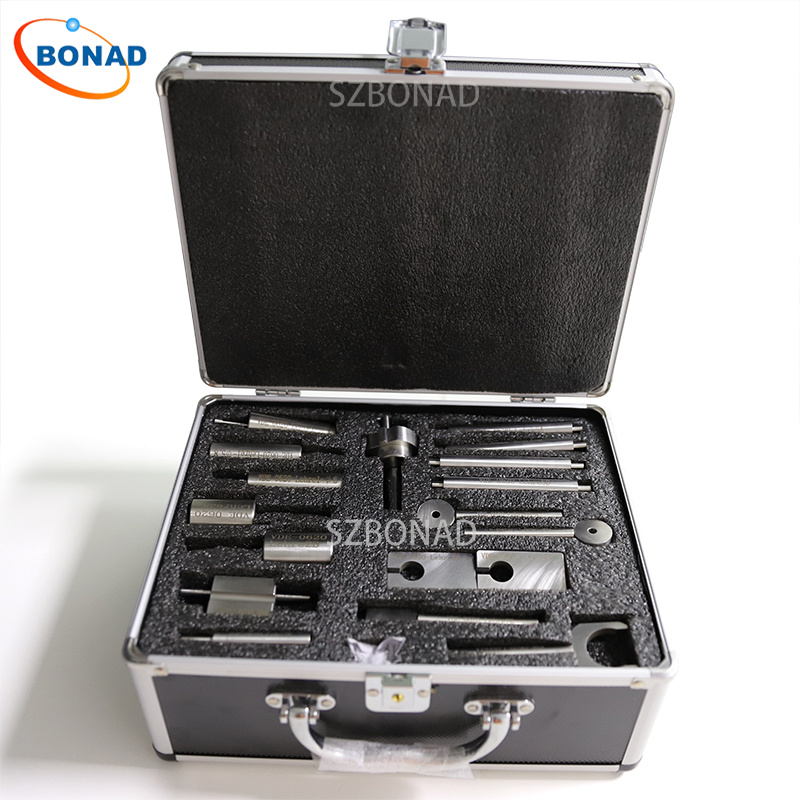Introduction
Enclosures are essential for safeguarding electrical equipment and devices from environmental elements such as dust, water, and physical impacts. The International Electrotechnical Commission (IEC) has established the IEC 60529-2 standard to outline testing and measurement techniques for determining the protection levels of these enclosures. This article will explore the fundamental aspects of IEC 60529-2 and highlight the importance of these testing methods in evaluating the efficacy of enclosure protection against external hazards.
Overview of IEC 60529-2
IEC 60529-2, commonly referred to as the IP Code standard, provides a comprehensive framework for assessing the degree of protection offered by enclosures against the ingress of foreign objects, dust, and water. The standard defines Ingress Protection (IP) ratings through two digits that indicate the enclosure’s resistance to solids and liquids.
Key Testing and Measurement Techniques
- Dust Protection Testing: IEC 60529-2 specifies detailed procedures for evaluating an enclosure’s defense against dust particles. These tests involve exposing the enclosure to various types of dust, particle sizes, and airflow conditions to determine how well it prevents dust ingress.
- Water Ingress Protection Testing: The standard outlines methods for assessing an enclosure’s resistance to water penetration from different angles and pressures. Tests include evaluating the enclosure’s ability to withstand water splashes, sprays, jets, and immersion, with varying IP ratings indicating different levels of water protection.
- Mechanical Impact Resistance Testing: IEC 60529-2 includes protocols for testing an enclosure’s ability to resist mechanical impacts and external forces. These tests simulate impacts from solid objects of various sizes and energies to assess whether the enclosure can maintain its protective functions under physical stress.
- Measurement Techniques: The standard provides guidelines for measuring the ingress of solids or liquids into an enclosure during testing. Calibrated instruments and specific methodologies are employed to quantify protection levels and assign appropriate IP ratings.
Significance of Testing Techniques in Enclosure Protection
The testing techniques specified in IEC 60529-2 are crucial for several reasons:
- Environmental Protection: Standardized tests allow manufacturers to evaluate how well enclosures protect against environmental factors like dust, water, and mechanical impact. These techniques ensure that enclosures meet required protection standards for their intended operating conditions.
- Equipment Durability: By assessing an enclosure’s resistance to environmental stresses such as dust ingress, water penetration, and mechanical impacts, manufacturers can determine its durability and reliability in harsh conditions.
- Compliance Assurance: Adhering to IEC 60529-2’s testing techniques and IP ratings demonstrates that enclosures meet international standards for protection against solids and liquids. Certification based on these tests assures compliance with regulations, industry requirements, and customer specifications.
- Performance Evaluation: The testing techniques help users, specifiers, and installers evaluate the performance of enclosures for specific applications. Understanding IP ratings and test results aids in making informed decisions when selecting enclosures for different environments.
Conclusion
IEC 60529-2 offers essential testing and measurement techniques for determining the protection levels of enclosures against dust, water, solid objects, and mechanical impacts. By adhering to these standardized protocols, manufacturers can ensure their products meet safety, reliability, and durability standards under various environmental conditions. Compliance with IEC 60529-2 is vital for certifying effective enclosure protection, thereby safeguarding electrical equipment from external hazards across diverse industrial and commercial applications.


